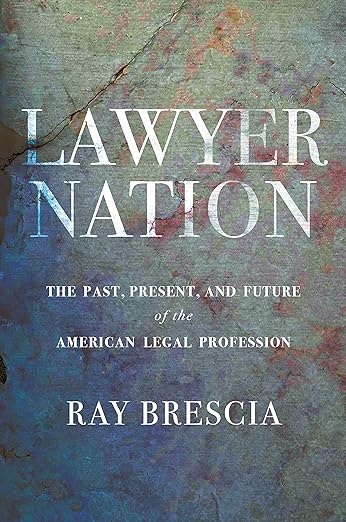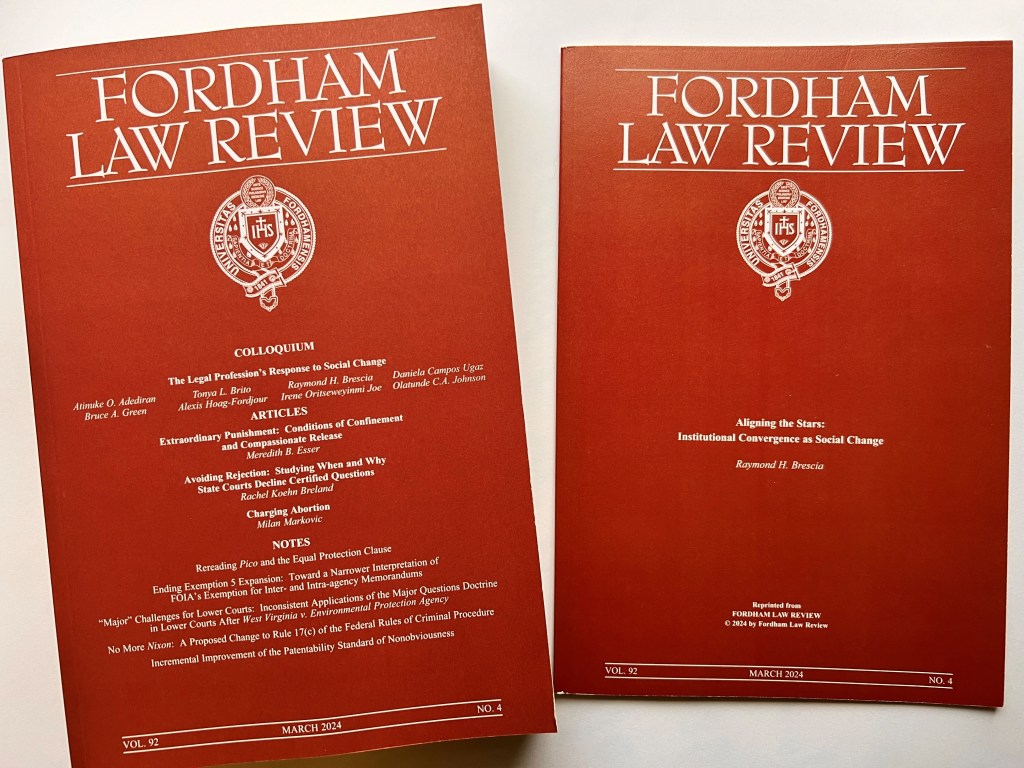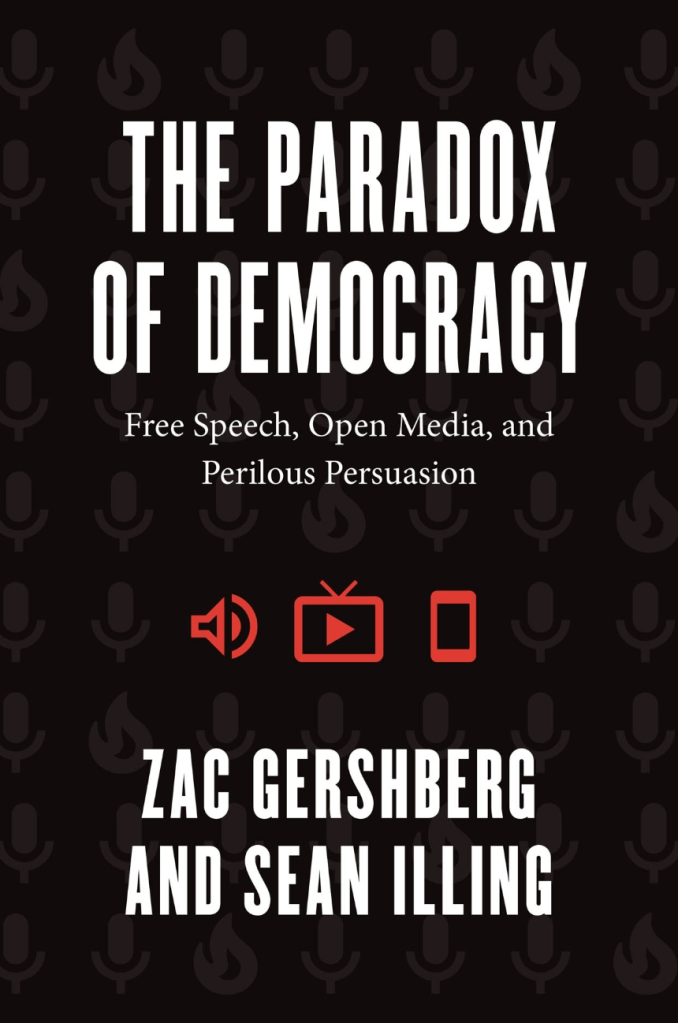
In my forthcoming piece in the Fordham Urban Law Journal, I take on the question of how artificial intelligence might expand access to justice, with a particular focus on consumer debt litigation. You can download a draft here. Comments welcome. Here’s the abstract:
With generative artificial intelligence’s wide release in early 2023, many have expressed fears that this technological innovation might relieve humans of the burden of carrying out some repetitive and simple tasks, and possibly cost at least some of them their livelihoods. It also raised the specter that this and related technologies could end up displacing even workers engaged in creative works and certain professions, including those in the legal profession. The initial burst of enthusiasm surrounding the availability of generative artificial intelligence (GenAI) to the public—including members of the legal profession—was quickly dampened, however, when lawyers began relying on the work product of this technology to aid them in preparing legal documents, with rather unfortunate results, including lawyers being the subject of sanctions orders by judges for submitting documents with GenAI “hallucinations”: instances where the technology “found” authorities for legal propositions where no such authorities existed, and upon which those lawyers relied to their detriment. Given these and other experiences with GenAI proving unable to satisfy even the most basic standard of care that lawyers must meet when serving clients, the initial excitement that this technology engendered receded, yet lawyers and technologists have continued to explore ways to harness the technology to make the work of members of the legal profession more efficient and effective, while also ensuring that lawyers are able to uphold their ethical obligations even when they deploy new technologies to attempt to address the legal needs of their clients. While GenAI and other, related technologies, like machine learning, might play some future role in displacing some—if not many—of the functions the legal profession currently fills, the introduction of these new technologies might serve to address legal needs where the legal profession is currently failing to do so. That is, GenAI, if deployed effectively in certain underserved areas of legal need, does not run the risk of displacing lawyers where few lawyers currently serve clients in need. What is more, in at least some areas where lawyers are failing to address the legal problems of those in need, in many such cases, those legal needs call for interventions that GenAI is quite well-suited to execute: highly repetitive tasks, at scale, involving problems of relatively low complexity, and possibly even relatively low stakes. One such area is consumer debt. In the United States, millions of Americans of low- and moderate-income are sued by entities for relatively small amounts of money—ranging from $5,000-10,000. Many of the plaintiffs in these cases are “debt buyers”: entities that have paid a very small percentage of the face value of the debt for the right to try to collect it, and they use the courts as their primary vehicle for doing so. The overwhelming majority of those creditor-plaintiffs are represented by counsel, whereas only a tiny fraction of the debtor-defendants have legal representation. The nature of these cases lends itself to the creation of technology-driven interventions, fueled by GenAI, to help provide some legal guidance, support, and perhaps even the preparation of formal pleadings, to assist such debtors to defend themselves in court. This Article explores the theoretical, technological, ethical, and practical challenges associated with creating a GenAI-powered intervention that might help address the significant asymmetry of legal representation and assistance in consumer debt cases. Through such an exploration, it will identify the opportunities and risks of developing such tools to help close the justice gap more broadly, in this and other areas of law where the nature of the dispute might lend itself to this type of intervention. It will also identify areas of further research and inquiry as the legal profession strives to not just adapt to, but also harness, the introduction of GenAI into the practice of law in ways that are effective, while also ensuring it will serve the broader goal of the profession, which should be to expand access to justice and do so in ethical, equitable, and meaningful ways.








